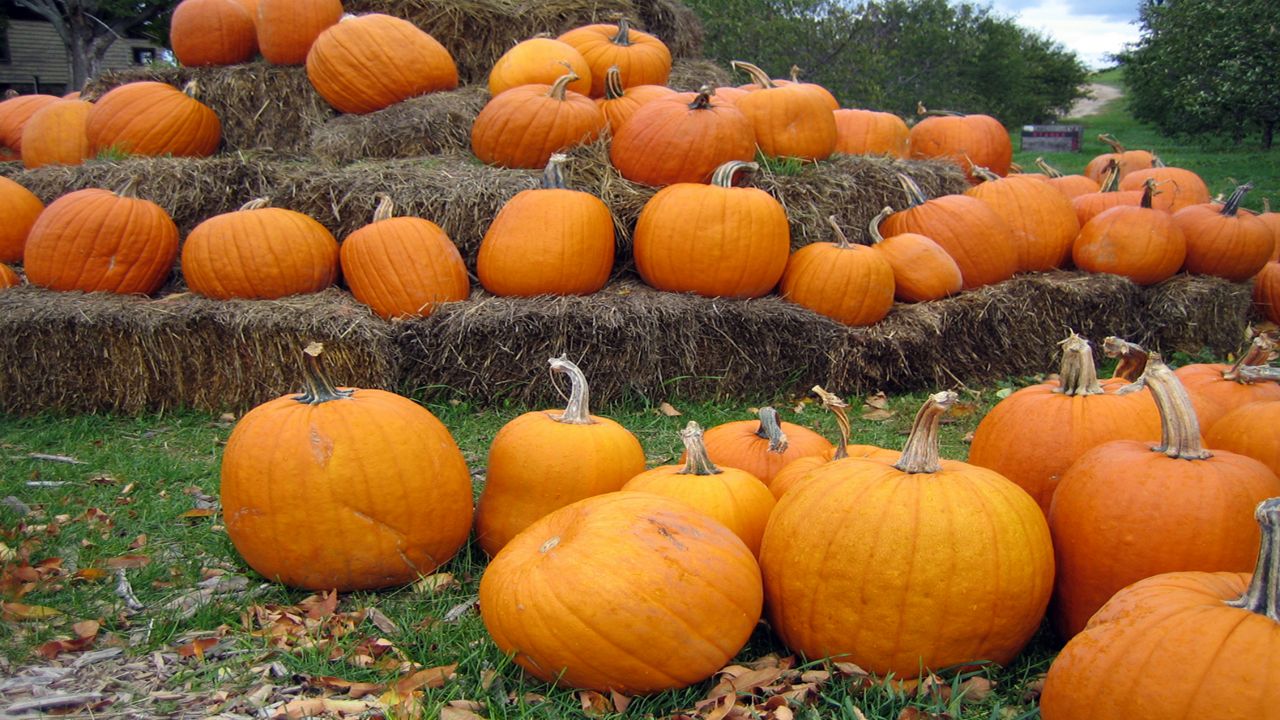Carving pumpkins has become a tradition across America ahead of Halloween. Each year, kids and adults alike cut into the orange gourds and carve them to look like their favorite characters or give them silly faces.
While the decorations on the fruit may vary (yes, pumpkins are a fruit!) the pumpkins themselves all look similar. I’m here to tell you why.
Although there are many colors and varieties of pumpkins, orange ones are the most common, especially as we approach Halloween. Orange pumpkins specifically get their color from a substance called carotene.
Carotene is found in the microscopic level of the pumpkin’s skin. If carotene sounds familiar, it may be because it also is what gives carrots, sweet potatoes and cantaloupes their coloring.
The end product that we see is orange, but pumpkins don’t start out that way. They start green and as they ripen, slowly turn orange. Throughout my research on the topic, I found that the reason for the change isn’t 100% known.
One theory is that by turning a brighter shade, animals can find the pumpkin more easily. That allows pumpkin seeds a better chance to be spread and keeps them thriving into the next season.
(FreeImages)
Another fun fact I learned about pumpkins is that they float. It’s surprising to see how many ridiculous videos are on the internet of people bobbing for pumpkins or using them as canoes!
They float because they are full of a lot of air. Because of that, they weigh less than the water they displace and that allows them to seemingly hover over the water.
While getting into the holiday spirit this year, it never hurts to sprinkle in a little science.
For more weather related stories follow Meteorologist Kaylee Wendt on Facebook, Instagram, and Twitter!
Our team of meteorologists dives deep into the science of weather and breaks down timely weather data and information. To view more weather and climate stories, check out our weather blogs section.

